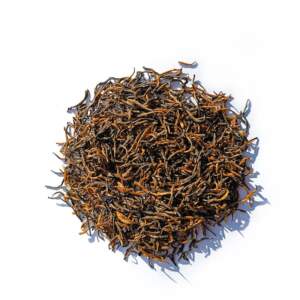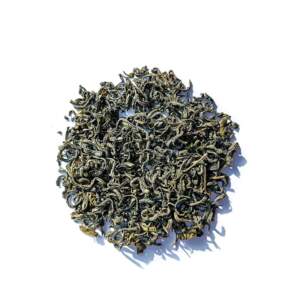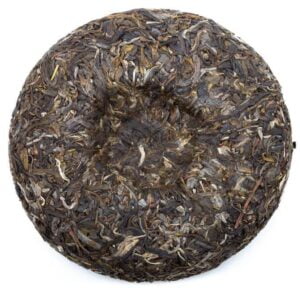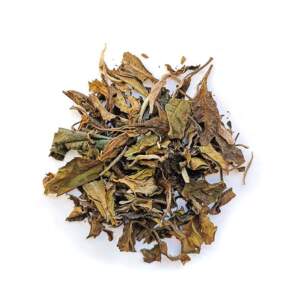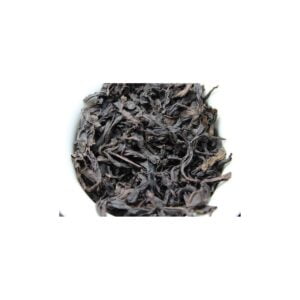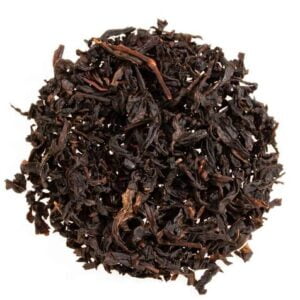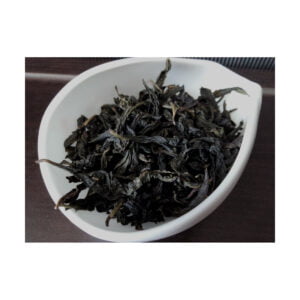Red Oolong
Still not widely known in tea circles, red oolongs – strongly fermented teas with powerful qi and excellent taste qualities, have long taken their rightful place in the tea collections of lovers and connoisseurs of real Chinese tea.
This lovely red oolong
Red oolong is a tea that is carefully prepared, with the use of several fermentation technologies and its subsequent termination. Despite the similarity in preparation and the single region of growth of tea bushes, from which raw materials for fermented oolongs are collected, all teas in this category differ from each other. It seems that at a superficial examination it is still the same, but it is worth just trying it out, taking a closer look – and it turns out that they are as individual as each person on the planet is unique.
Choose your tea from a wide variety:
- Da Hong Pao
- Shui Xian
- Zhou Gu
- Tsen Chi Cha
- Ti Kuan Yi
But, getting your favorite variety, do not forget the main thing: appetite comes during the meal, and variety does not allow you to get bored. So try something new every time, enjoying the beloved, well-known old one. But from the point of view of brewing, all dark oolongs are not particularly capricious, they can withstand quite high temperatures, and in the case of high-quality tea – even a large number of brews. Focusing on the aroma and taste of tea, the number of brews in which it remains relevant, as well as the final result of tea drinking (tea state), you will quickly learn to distinguish high-quality oolongs from budget weak copies of real tea.
Da Hong Pao
Da Hong Pao is the most popular blended oolong of strong fermentation on the world market of Chinese tea. And such wide popularity of this tea is not accidental: the high-quality Big Red Robe – the alternative name of Da Hong Pao – is distinguished by a very bright, positively memorable aroma and taste, as well as a pronounced tea effect, such that it warms, disperses, tones that lethargic the evening can easily be turned into a very lively night. There are several legends directly related to the name Big Red Robe (Da Hong Pao), so, according to one of them, the name appeared thanks to small monkeys. The animals helped the monks collect tea leaves from trees that grow in hard-to-reach places (red oolongs are high-altitude steep teas). And so that the monks would not lose sight of the monkeys, they put red robes on the animals, which flickered among the green leaves, indicating the location of the little tea picker.
Ti Kuan Yin
Ti Kuan Yin is another very popular red oolong, which, in addition to the properties typical for this category of teas, has a very specific taste. Ti Kuan Yin is extremely sweet, soft, delicate and delicate tea, despite the strong fermentation. Perhaps this is due to the fact that Te Kuan Yin is not exactly prescription red oolong, but aged in natural conditions (or as close as possible to them) Te Kuan Yin. As a result, Ti Kuan Yin preserves the honeyed, floral, herbaceousness of the Iron Bodhisattva of the tea world, and at the same time finds the chocolate delight and powerful qi characteristic of red oolongs. Ti Kuan Yin refers to teas, the beauty of which is known by comparison. Thus, trying Ti Kuan Yin alongside other red oolongs, one would like to note its softness, conciseness, complete absence of notes of withered leaves, astringency. With pleasure, Ti Kuan Yin spills across the sky, filling the soul with joy and the body with pure strength.

